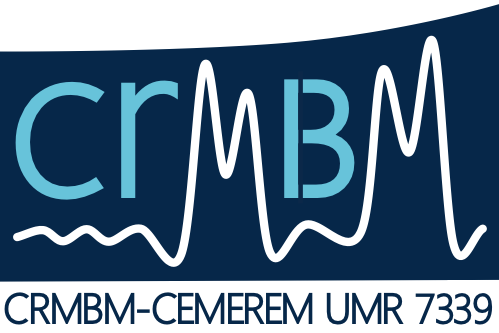Long-term follow-up of MRI changes in thigh muscles of patients with Facioscapulohumeral dystrophy: A quantitative study
Résumé
Facioscapulohumeral muscular dystrophy (FSHD) is one of the most common hereditary muscular disorders. Currently FSHD has no known effective treatment and detailed data on the natural history are lacking. Determination of the efficacy of a given therapeutic approach might be difficult in FSHD given the slow and highly variable disease progression. Magnetic resonance imaging (MRI) has been widely used to qualitatively and quantitatively evaluate in vivo the muscle alterations in various neuromuscular disorders. The main aim of the present study was to investigate longitudinally the time-dependent changes occurring in thigh muscles of FSHD patients using quantitative MRI and to assess the potential relationships with the clinical findings. Thirty-five FSHD1 patients (17 females) were enrolled. Clinical assessment tools including manual muscle testing using medical research council score (MRC), and motor function measure (MFM) were recorded each year for a period ranging from 1 to 2 years. For the MRI measurements, we used a new quantitative index, i.e., the mean pixel intensity (MPI) calculated from the pixel-intensity distribution in T1 weighted images. The corresponding MPI scores were calculated for each thigh, for each compartment and for both thighs totally (MPItotal). The total mean pixel intensity (MPItotal) refers to the sum of each pixel signal intensity divided by the corresponding number of pixels. An increased MPItotal indicates both a raised fat infiltration together with a reduced muscle volume thereby illustrating disease progression. Clinical scores did not change significantly over time whereas MPItotal increased significantly from an initial averaged value of 39.6 to 41.1 with a corresponding rate of 0.62/year. While clinical scores and MPItotal measured at the start of the study were significantly related, no correlation was found between the rate of MPItotal and MRC sum score changes, MFMtotal and MFM subscores. The relative rate of MPItotal change was 2.3% (0.5-4.3)/year and was significantly higher than the corresponding rates measured for MRCS 0% (0-1.7) /year and MFMtotal 0% (0-2.0) /year (p = 0.000). On the basis of these results, we suggested that muscle MRI and more particularly the MPItotal index could be used as a reliable biomarker and outcome measure of disease progression. In slowly progressive myopathies such as FSHD, the MPItotal index might reveal subclinical changes, which could not be evidenced using clinical scales over a short period of time.
| Origine | Fichiers éditeurs autorisés sur une archive ouverte |
|---|
Loading...

